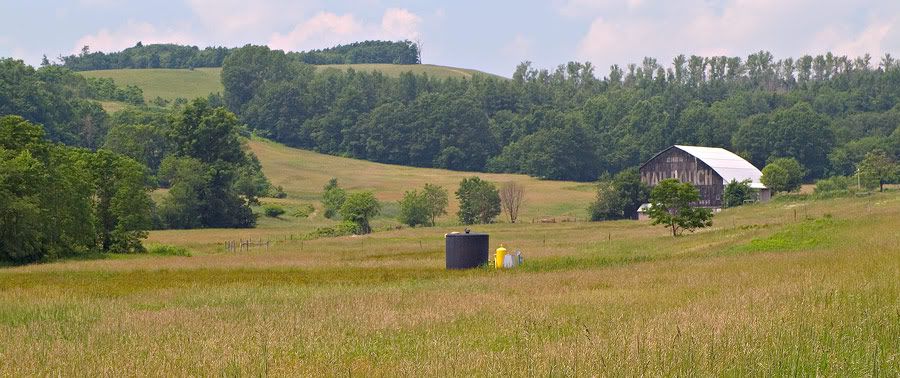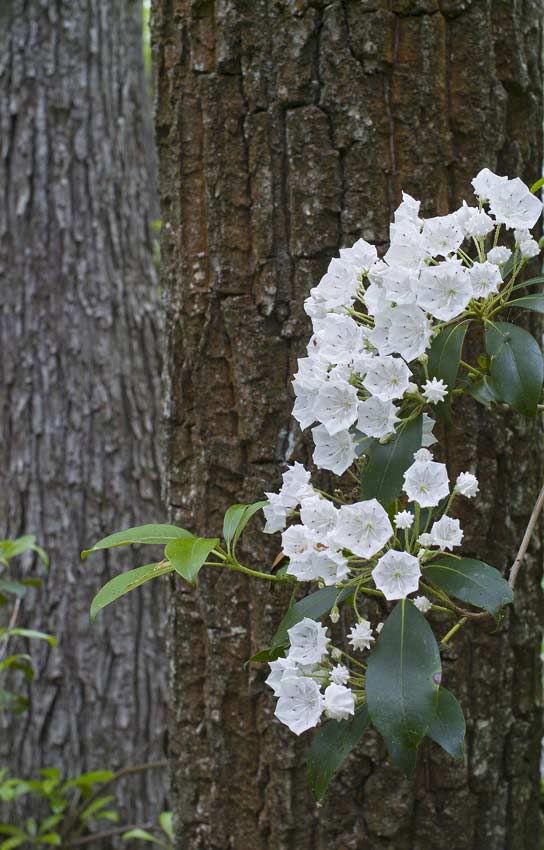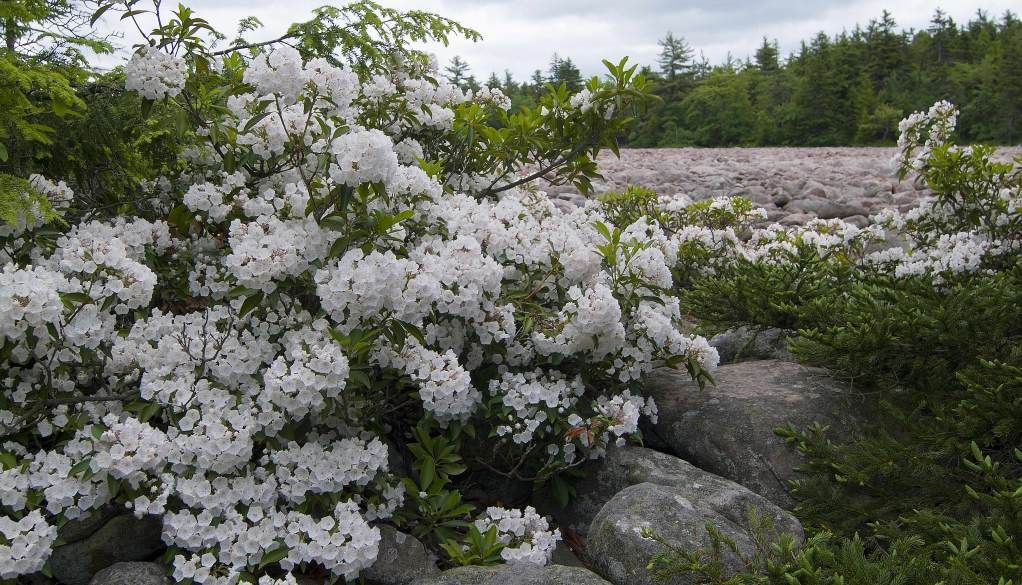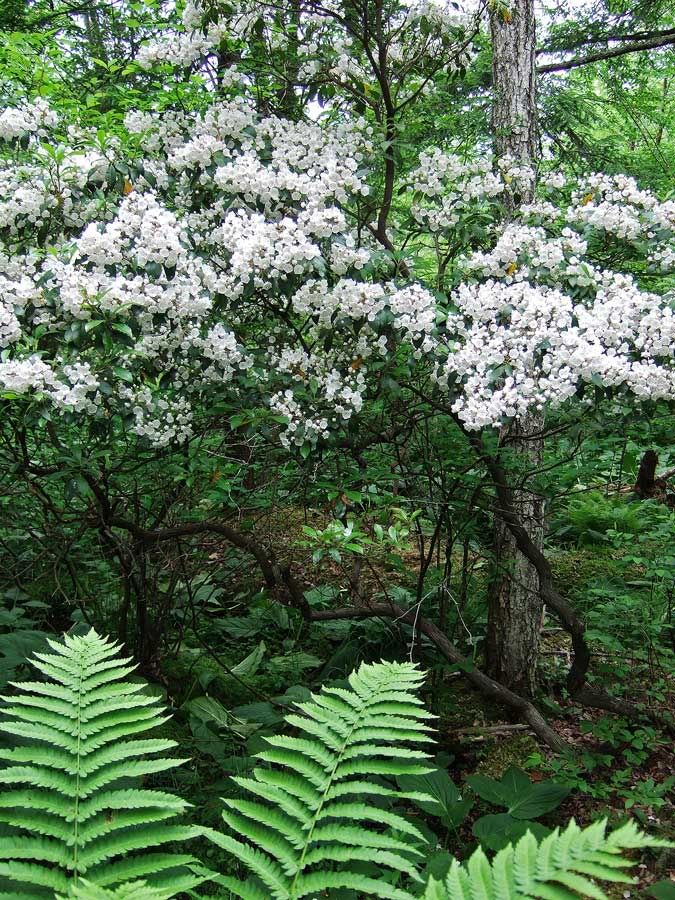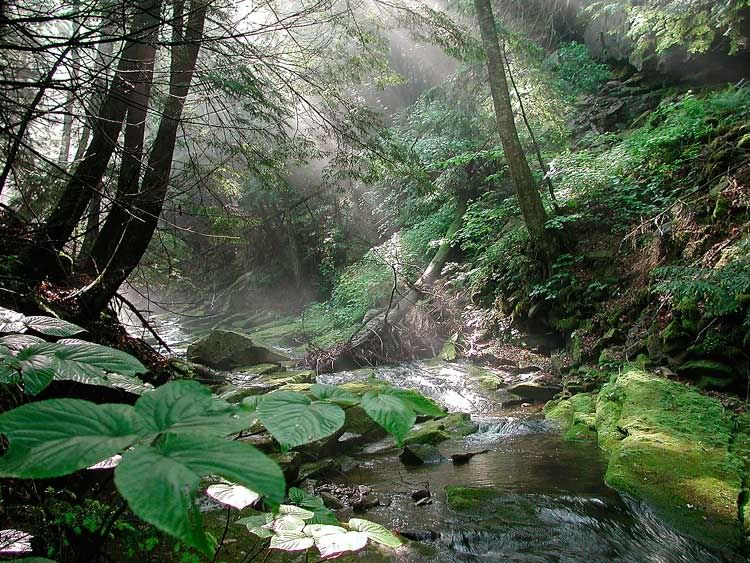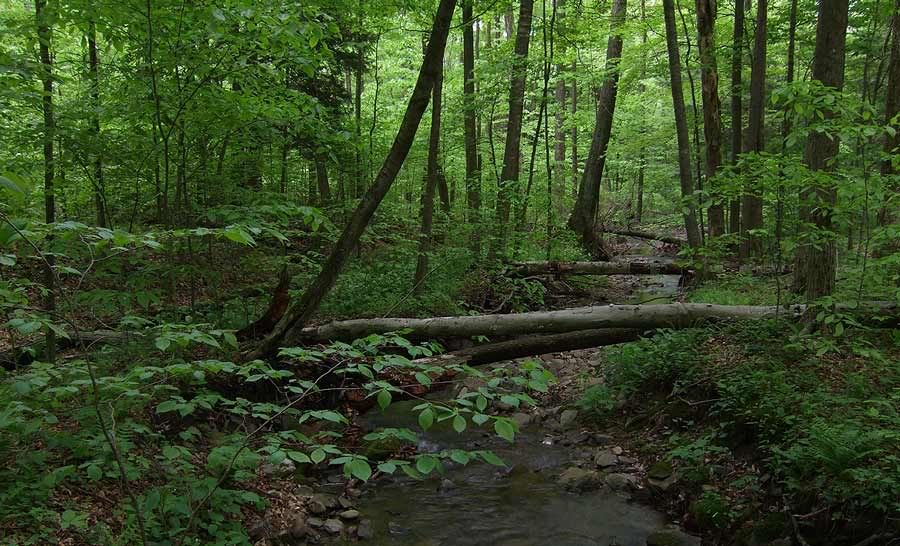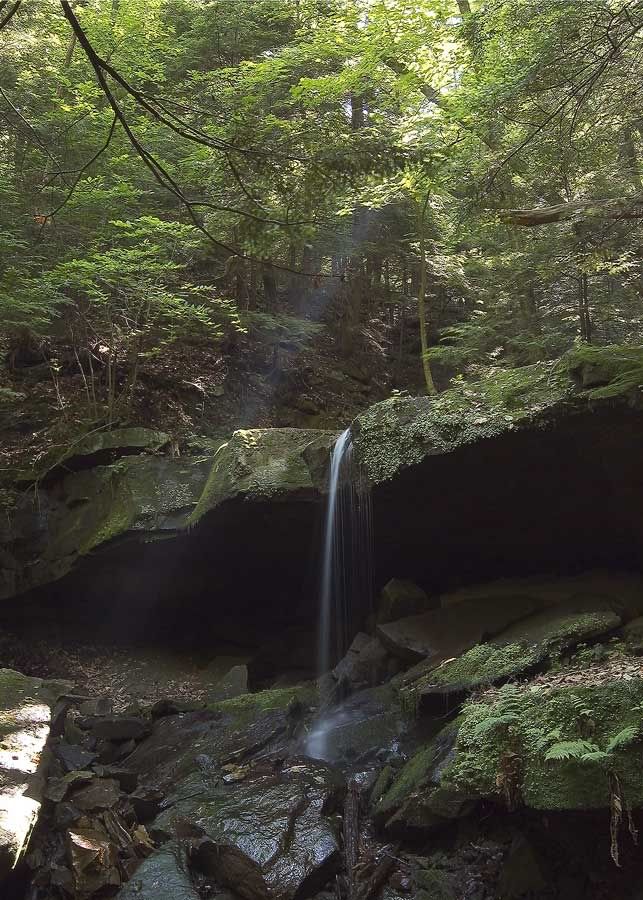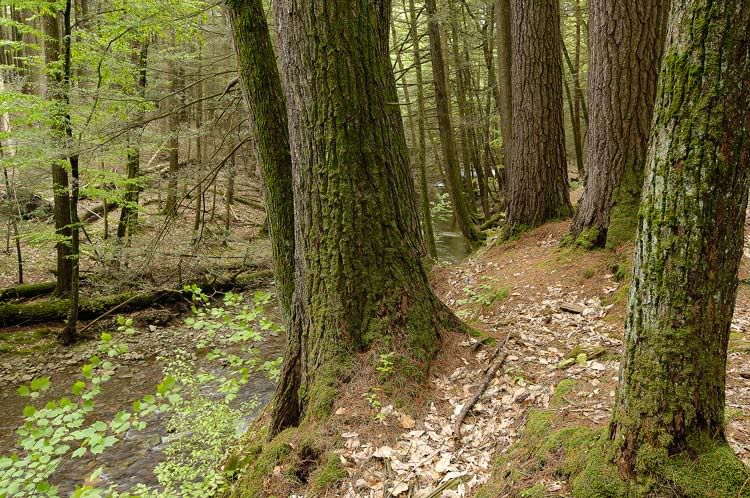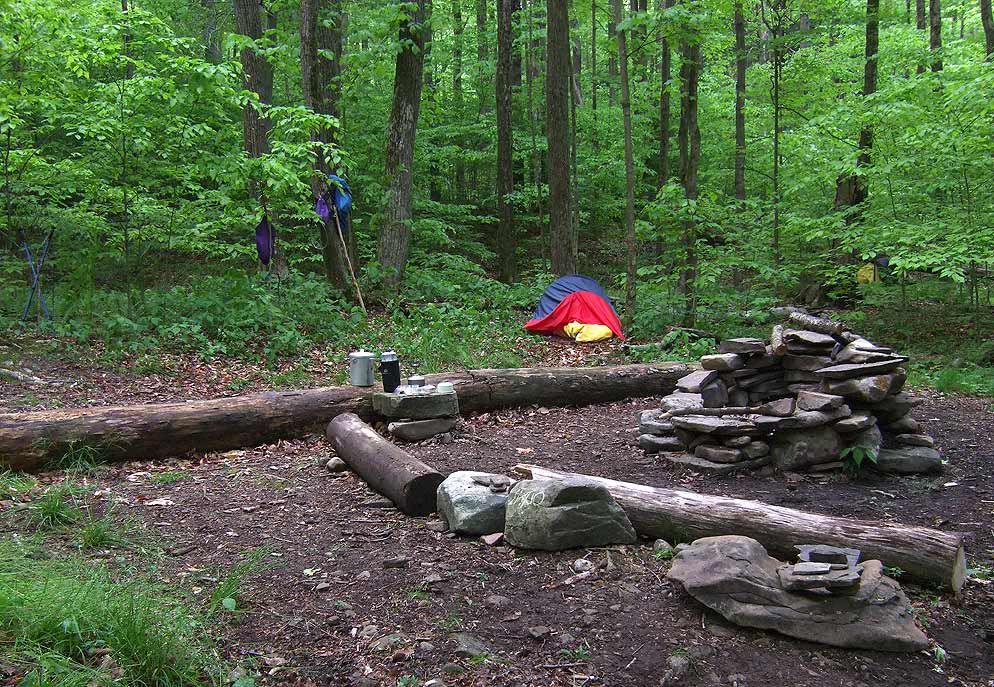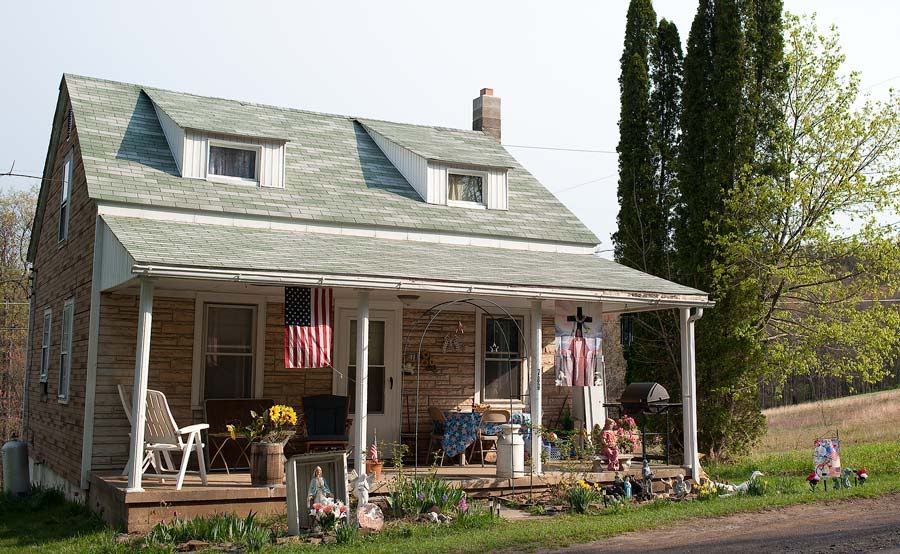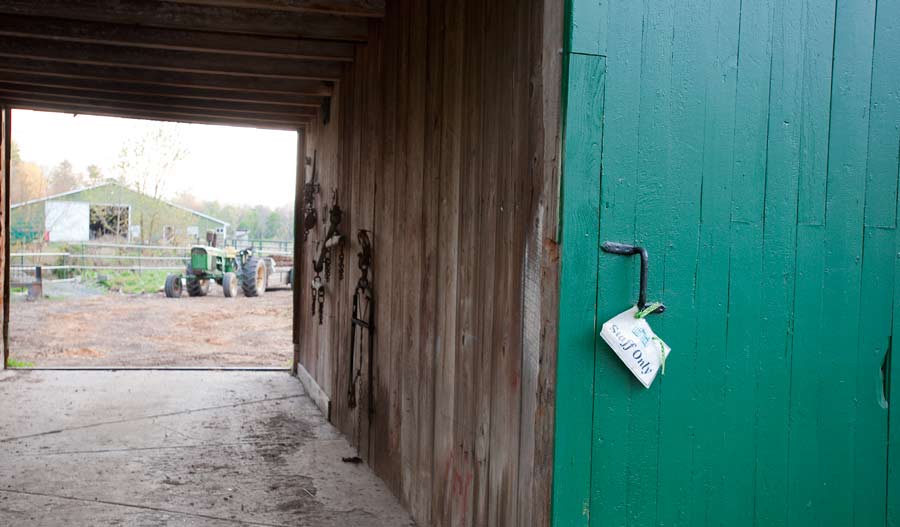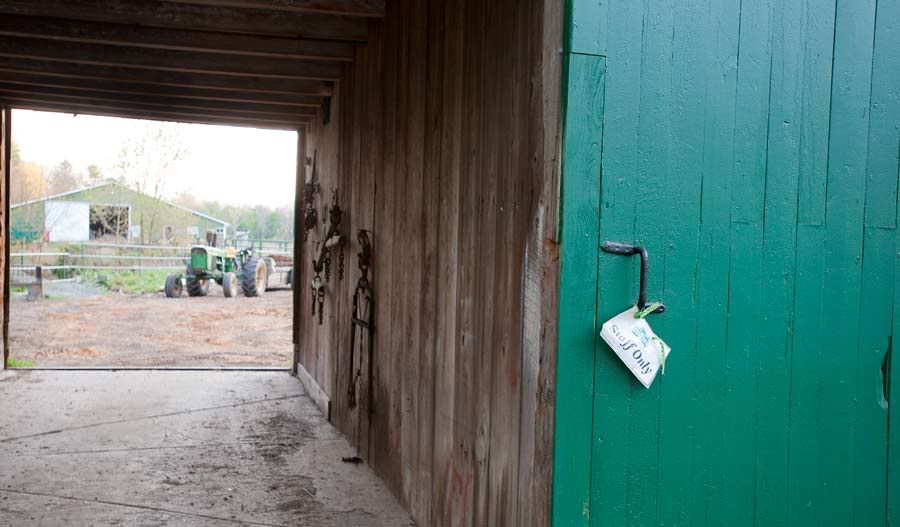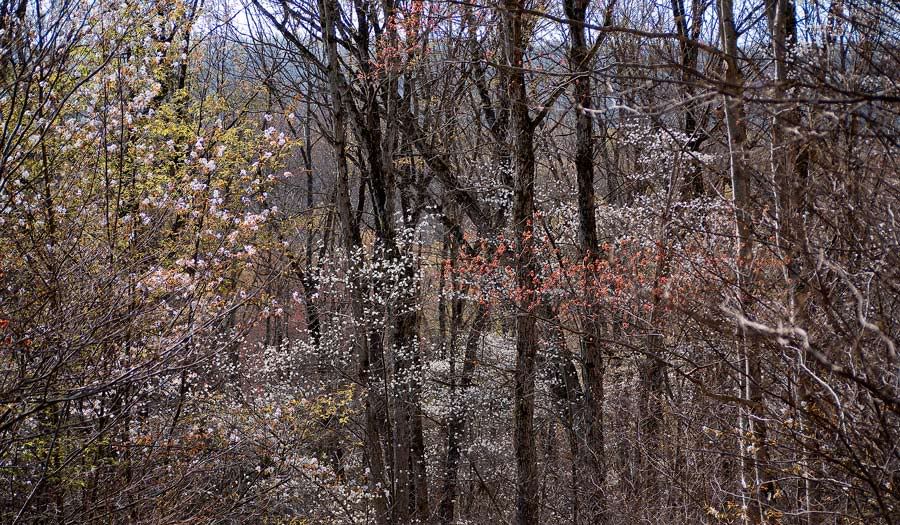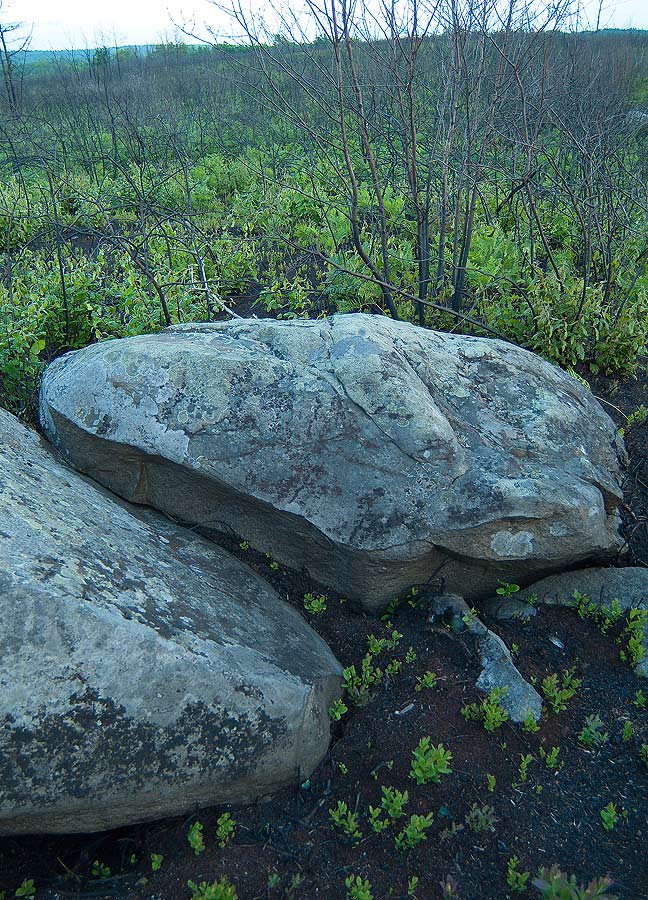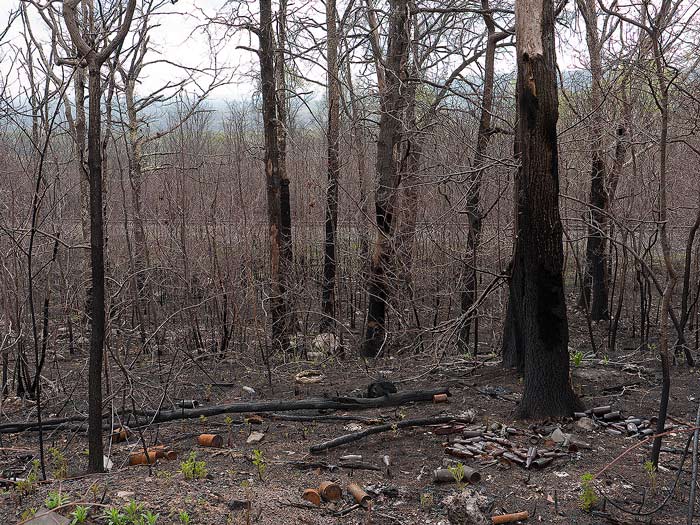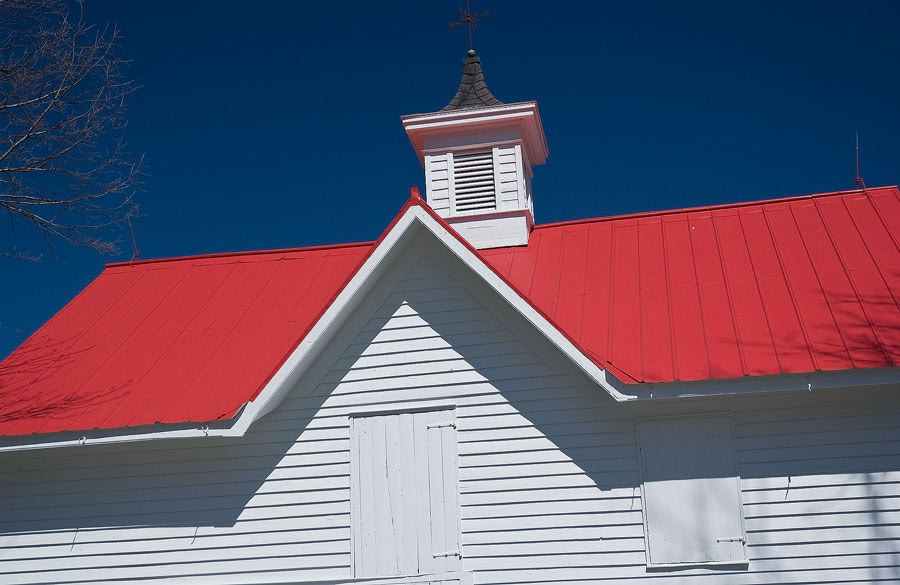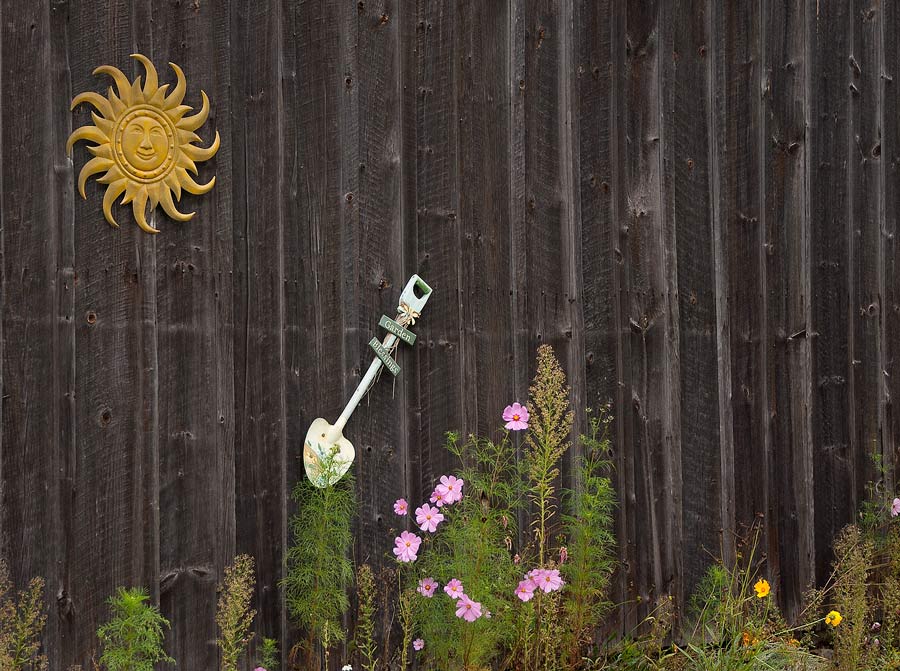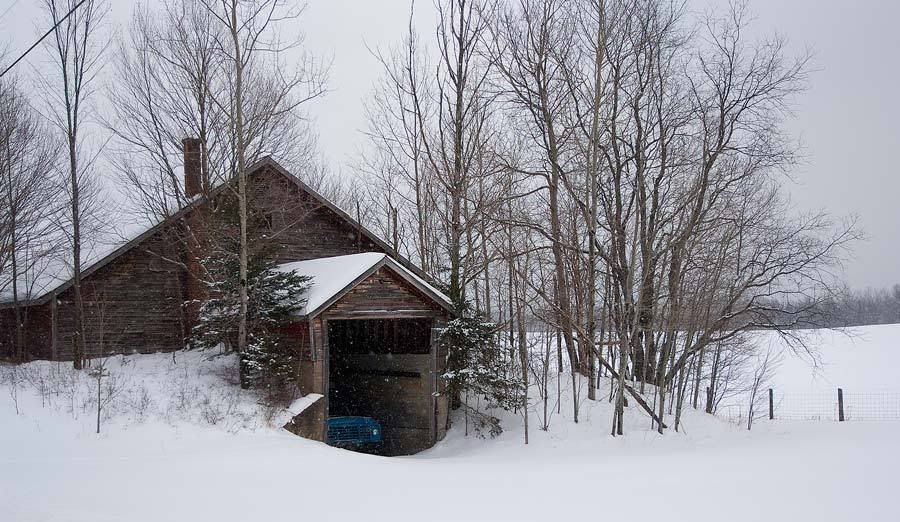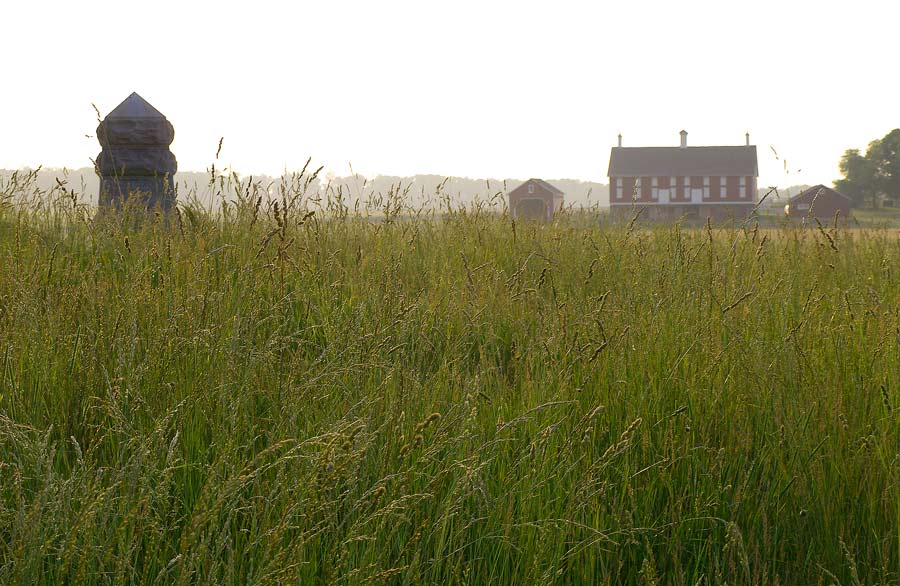
Front of the Parade
I have always loved the Fourth of July holiday here in the USA.
I will say, that the holiday’s proximity to Memorial day in late May, always makes it seem that the summer is rushing by. Summer, after all, is very precious in the Appalachian mountains. In truth, there are two months left before Labor Day backstops the summer vacation season. After this we will have at least 6 weeks of glorious fall weather before things get brown and chilly.
Obviously this holiday marks a profound event in American history: the moment a people decided to stand against taxation and non-representative government. The risk taken by those involved, from the militiaman that stood side-by side against the indomitable British Army, to he founders themselves, are I think, severely under appreciated by modern Americans, save perhaps, those that currently risk it all in the service of our armed forces.
God bless them.
At my home, high in the Moosic Mountains of Pennsylvania, we celebrate the holiday with great enthusiasm. I live in an old Victorian resort community with big old cottages, most built with multiple bedrooms so to accommodate family and friends in the summer months when the houses were open.
On this weekend in particular the houses fill; every one of the little summer bedrooms has a suitcase and rumpled bed; the sound of adults who grew up here, playing with the their children is pervasive and lovely as one walks in the afternoon.
Since the 1890s, people come here for the same ends: to revel in the summer warmth, but sleep comfortably in the cool night air, to swim in the lake, hike the trails, ride bicycles, play a little tennis, and to sit on the front porch for a cocktail before dinner.
The climate is extremely unpredictable in early July. This year it’s going to be brightly sunny and around 90 degrees, though we’ve had years where the temps stayed in the fifties. On that holiday, the only one outside was the griller; the rest of us were inside, gathered around the fireplace.
We also have a parade. I’m not sure how long it’s been going on, but apparently for 40-plus Fourth of Julys by the accounts of some of the older residents.
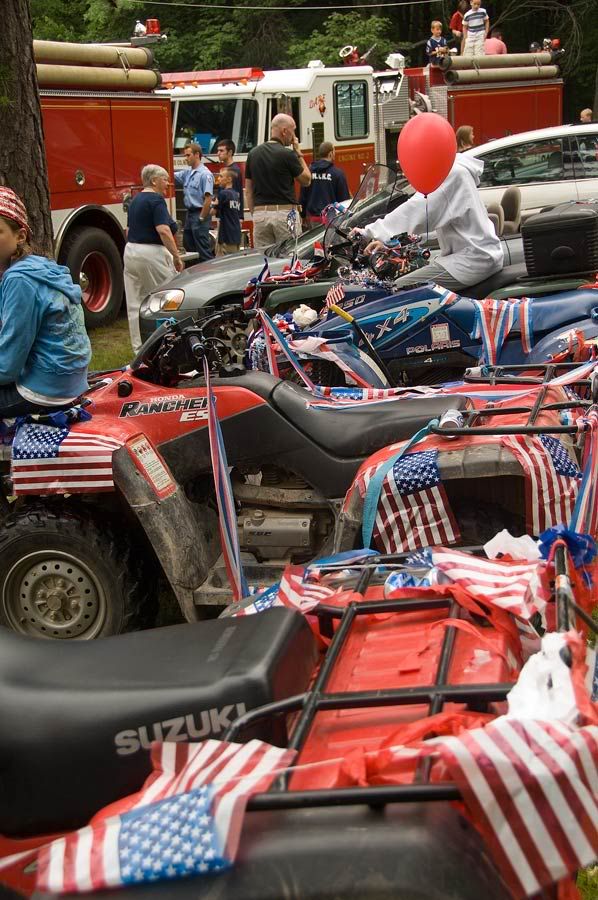
July 4th 2008
The event starts at one pm sharp, so starting around eleven, we gather at one of the larger driveways in the community. A diverse group of vehicles participates, from bicycles, to tractors to ATVs, convertibles, and pickup trucks. The children descend, with tape, and crepe paper ribbons, little American flags and red white and blue pinwheels, and bunting. The children are very enthusiastic, they sometimes fail to understand that in order to drive a vehicle you have to be able to open the door, or see through the windshield. A little parental modification is sometimes necessary.

Overdecorated
Eventually with issues corrected, away we drive, to our community center, where we are met by the Fairview Township Volunteer Fire Department.
The department is very capably managed by several community residents who I think worry that our huge old wood frame homes are likely to be potential future “clients” for the firemen’s services. Happily for us, the department’s massive and impeccably maintained equipment rivals that seen in big cities. Their efforts in the recent past have saved at least one of these historic structures from complete immolation.
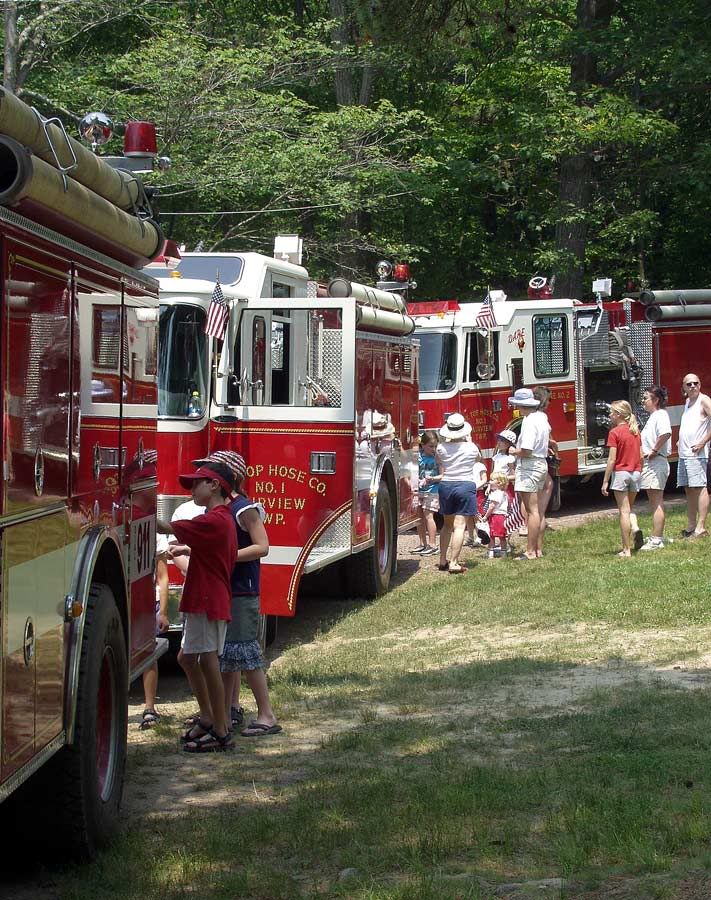
The Parade lines up.
The fireman help as young children and their parents are loaded aboard the pumpers and ladder trucks. Then we line the vehicles up, and the parade begins, on a route through the network of gravel roads designed so that all may participate.
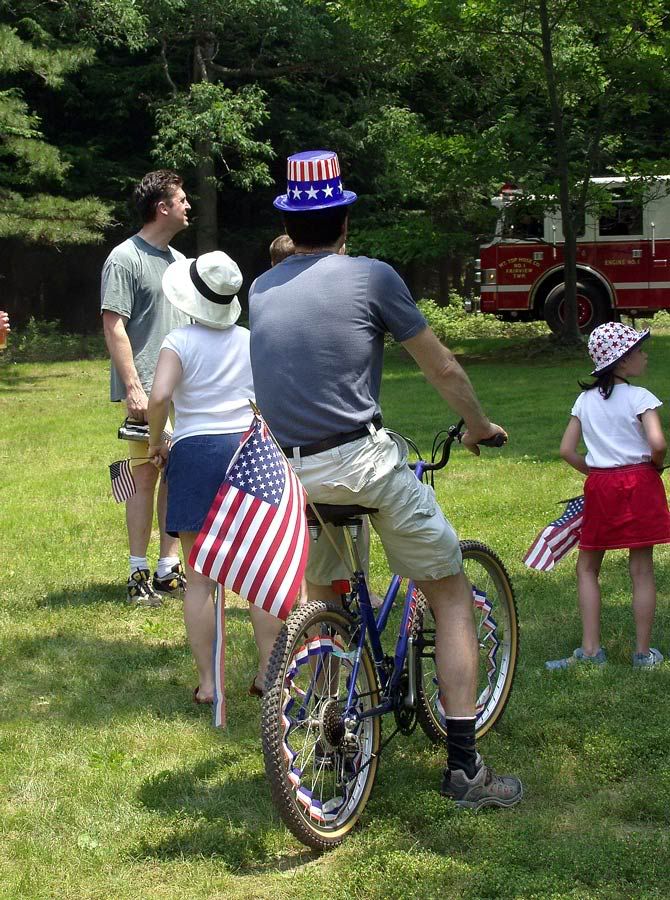
The Bicycle
Now I have always tended to be a “parader” but there are others who traditionally serve as “watchers” standing by the roadside in little knots of people with flags and perhaps a camera, waving as the parade goes by. After all everyone can’t be a “parader”. The “watchers” tend to congregate in the same places year to year, ducking as candy rains down opon them, thrown by the gleeful children in the trucks and fire engines.
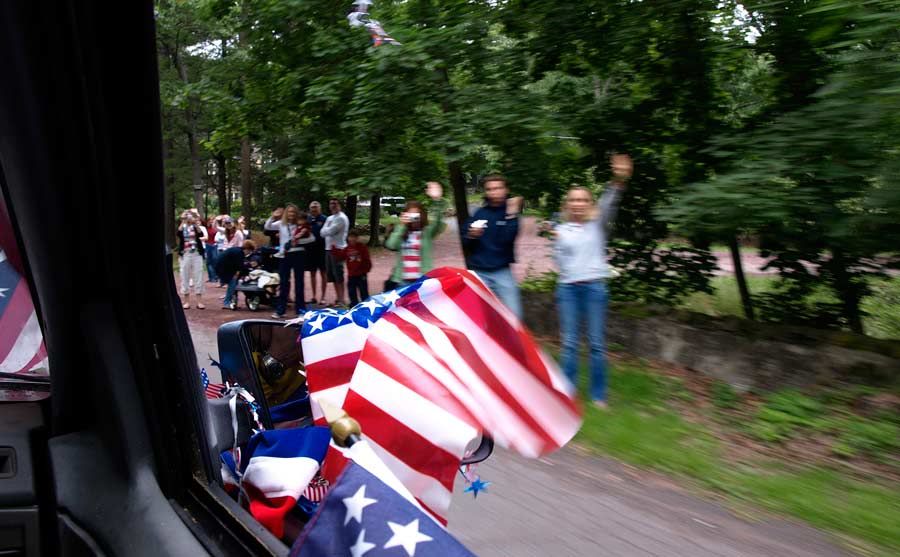
From the Truck
It takes about twenty minutes to do the route, then return to the community center and disband. It’s then on to the lake for a community picnic, and later, hopefully, fireworks.
In truth, it’s a small event in a small community in Pennsylvania.
I love it, because in this neighborhood, we draw together as a community rather than sequester ourselves in our own fenced-in backyards, isolated from our neighbors. I would rather be here no matter what the weather, than at the biggest celebration in New York or Boston.
Undoubtedly, I’d have to be a “watcher” there.
After all, I am a “Parader”.

